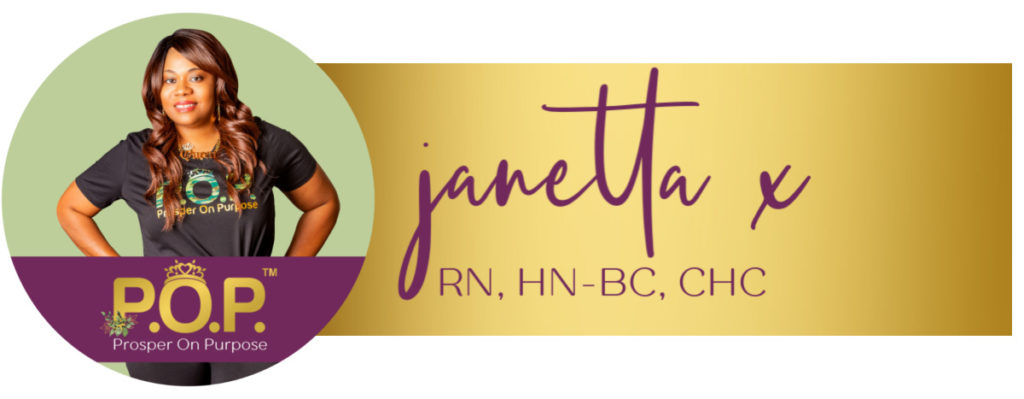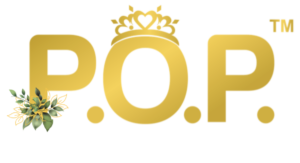Easy Deep Breathing Exercises & Why You Need Them

Deep breathing techniques are often cited as an important tool that can help you to immediately alleviate stress, anxiety, frustration, and anger.
Yet, many people have difficulty practicing deep breathing exercises because they either don’t believe that it’ll help or they try once and then don’t try again.
The same is true for breathing exercises, however, as is true for many other things: practice makes perfect.
The more you get into a routine of practicing breathing exercises, the better you’ll become at doing so, which will give you the ability to reduce stress, anger, and frustration easier than before.
Why do breathing exercises work to relax our bodies and minds?
The body has two systems within the nervous system: the parasympathetic and the sympathetic nervous system. Both of these systems contribute to the reasons why deep breathing exercises can calm us down.
Discover how the nature of our physiological systems contributes to the positive effects.
The Fight or Flight Response
Our biological systems have a natural ability to react during times of stress, especially in those situations where we’re facing a huge threat. As a matter of survival, humans have always had this ability. In prehistoric times, humans came face-to-face with all sorts of wild animals, such as bears or tigers.
In response to such a threat, our body activates the Fight, Flight, or Freeze Response, or FFF reaction.
The sympathetic nervous system is responsible for the physical sensations we get when we feel stress, anxiety, or severe anger and frustration. These can include sweaty palms, increasing heart rate, and faster breathing. The activation of the FFF response is preparing our bodies to either run, fight the threat, or freeze.
Perceived Threats
The problem with the activation of the Fight or Flight Response is that it can be activated whenever we perceive that we’re up against a threat - whether we really are facing a threat or not.
Even though we experience negative situations in our lives, this does not necessarily make them a threat to our physical well-being.
Situations involving personal relationships, work responsibilities, work promotions, verbal arguments with others, and bad news about your health or the health of loved ones are just a few scenarios that can trigger the FFF response.
Despite the fact that all of these situations may be emotionally hurtful or painful, our body’s nervous system may interpret them as physically threatening. As such, our bodies activate the natural FFF response to get us ready to fight or run away.
Triggering the Opposite Reaction
In order to tell our biological systems that the situations we’re facing don’t require a fight or flight response, we must trigger the parasympathetic nervous system. The parasympathetic nervous system produces the opposite response to the FFF, causing a relaxation response instead.
One other important aspect of the Fight or Flight Response is the way that it diverts your blood flow. To prepare you to fight or to get ready to run from a perceived threat, blood is diverted away from the brain to the extremities in the body, such as the arms, legs, hands, and feet.
Deep Breathing Reverses This Process
Breathing exercises send the blood supplies back from the extremities (since we’re not concerned with running or fighting) to the areas of the brain that allow us to think, reason, and problem solve.
This is why breathing exercises work to calm us when we experience acute stress, anger, or frustration. Blood is returning to the brain and it becomes easier for us to think.
How to Practice Deep Breathing
There are several ways in which you can practice deep breathing to relax both your body and mind.
The simplest way to practice in times of stress or anger is to:
- Close your eyes.... Sit with your back straight while learning the exercise.
- Place the tip of your tongue against the ridge of tissue just behind your upper front teeth, and keep it there through the entire exercise. You will be exhaling through your mouth around your tongue; try pursing your lips slightly if this seems awkward.
- Exhale completely through your mouth, making a whoosh sound.
- Close your mouth and inhale quietly through your nose to a mental count of four.
- Hold your breath for a count of seven.
- Exhale completely through your mouth, making a whoosh sound to a count of eight. This is one breath.
- Now inhale again and repeat the cycle three more times for a total of four breaths.
- Note that you always inhale quietly through your nose and exhale audibly through your mouth.
- The tip of your tongue stays in position the whole time. Exhalation takes twice as long as inhalation.
The absolute time you spend on each phase is not important; the ratio of 4:7:8 is important. If you have trouble holding your breath, speed the exercise up but keep to the ratio of 4:7:8 for the three phases. With practice you can slow it all down and get used to inhaling and exhaling more and more deeply.- (This type of breathing is known as 4-7-8 breathing or Relaxing Breath)
As you can see, the body’s natural ability to fight or flee from a perceived threat has been useful throughout the ages and is still useful today. However, reversing the process through breathing exercises places you in a better position to think more clearly and reason about the stress or issue that you’re facing.
Reference for 4-7-8 breathing: Dr. Weil dot com.
Watch this video by GOZEN to see how it's done : Click Here
I hope you learned why I and my clients practice this supersonic way to seize our day and take a CHILL pill.
Share this post and help your friends or family that run like chickens with their heads cut off and rarely take time to BREATHE.
Hey no pun intended to the little chickadees I was one of those that did the very same thing...cared for everyone and everything BUT me...
Don't forget to BREATHE.




